What are the characteristics of synthetic paper stickers?
adhesive labels are still quite common in our daily lives, with a wide variety of types. The characteristics and application fields of different types of adhesive labels are different. Therefore, we need to have a better understanding of the characteristics of the adhesive labels we need to use. Synthetic paper adhesive labels are one of them. Today, Xiao Zhang will take you to learn about the characteristics of synthetic paper stickers
Synthetic paper adhesive, also known as Synthetic paper in English, is a new type of plastic material product and an environmentally friendly adhesive. It has the characteristics of light weight, high strength, tear resistance, good printability, light shielding, UV resistance, durability, and economic and environmental protection
1. Environmental Protection: The raw material source and production process of polypropylene synthetic paper will not cause environmental damage. The product can be recycled and reused, and even if it is incinerated, it will not produce toxic gases and cause secondary pollution, which meets the requirements of modern environmental protection
2. Compared to regular paper, synthetic paper has superior performance: it has the characteristics of high strength, tear resistance, perforation resistance, wear resistance, folding resistance, moisture resistance, and insect resistance
3. More versatile than regular paper: Synthetic paper has excellent water resistance, making it particularly suitable for outdoor advertising and non paper trademark labels. Due to the dust-free and lint free nature of synthetic paper, it can be used in clean rooms
4. Can come into direct contact with food
5. Superior processing performance: Synthetic paper has the characteristics of high strength, tear resistance, perforation resistance, wear resistance, folding resistance, moisture resistance, and insect resistance
6. PP pearl synthetic paper is waterproof, durable, tear resistant, and has good weather resistance. It is very suitable for use in scenic spots, mountain climbing, tourist route maps, and military maps
7. Used for teaching wall charts and children's game charts, it can avoid the problem of easily damaged drawings and has the advantage of durability
8. High printing brightness, good resolution, and very easy to print
9. Waterproof, durable, tear resistant, and excellent weather resistance
10. The paper has good whiteness, is not easy to fade, and will not turn yellow for a long time. High temperature resistant labels are also a type of special label

Does temperature have an impact on adhesive labels?
Some customers often report that the adhesive strength of self-adhesive labels is insufficient, resulting in the detachment of product labels. In the food industry, such issues are particularly prominent. On a common product label, the description of the ambient temperature is as follows: maintain room temperature, applicable ambient temperature range is -50 ° C to 80 ° C, and the minimum ambient temperature on the product label is 7 ° C. There are three types of environmental temperatures mentioned here, namely storage environment temperature, labeling environment temperature, and application environment temperature. Next, we will explore the significant impact of environmental temperature on product labeling
Adhesive labels are affected by surrounding moisture, coupled with temperature changes in the morning and evening, and repeated use can cause label deformation. However, professional low-temperature resistant adhesive labels can withstand extreme environmental temperatures and temperature changes, and are suitable for all refrigerated storage products
Refrigerated food labels can have a significant impact on the quality of adhesive labels during cold and humid weather. What are the consequences of using adhesive labels in an environment with temperatures below minus tens of degrees? What kind of product labels should we choose
The characteristics of a cold storage environment are high humidity and low temperature. If ordinary product labels are used in cold storage, the labels are prone to deformation, wrinkling, and detachment. In addition, there are various forms of packaging for items inside the cold storage. Therefore, the selected product labels should have excellent waterproof, moisture-proof, and low-temperature resistance performance
There are various types of adhesive for product labels, and ultra-low temperature adhesive should be used in cold storage. If the label is attached at room temperature and then placed in the cold storage, the label paper should be made of a material with obvious elasticity. Considering that the packaging form of the item may be ordinary paper packaging or nylon bag packaging, different materials of product labels can be selected according to the needs

Reasons for causing the edge of self-adhesive labels to curl up
I believe that after staying in this industry for a long time, we often see some self-adhesive labels with raised edges after a period of use. What is going on
The key factors causing the edge of self-adhesive labels to curl up are as follows:
1. Adhesive viscosity is weak:
Suitable adhesive raw materials should be selected based on the object being pasted
2. Insufficient working pressure of the pressure roller of the labeling machine:
Adjust the working pressure of the pressure roller
3. The quality or type of label surface material does not comply with regulations:
When selecting label materials, consideration should be given to whether the labeled object is horizontal or inclined, large or small diameter, single inclined or curved, rigid or compressible. These indicators are directly related to the selection of the material. The soft plastic bottle body should be made of soft adhesive materials such as PE, PVC, non stretched PP and other composite materials, while the hard bottle body can be made of PET or BOPP materials
4. Unreasonable selection of adhesive:
When selecting adhesive for self-adhesive labels, the first thing to clarify is whether the adhesive required for the manufactured self-adhesive labels is permanent or removable, whether it is one-time adhesive or re adhesive, and whether the product has special requirements for the organic chemical characteristics of the adhesive for self-adhesive labels. For example, when labeling on surfaces with large curvature (circular plates with a diameter less than 2cm), thick or hard paper materials (such as mirror glass copperplate paper) are not suitable for the surface material. Instead, plastic film or thin soft paper materials with high original adhesive should be used; For vessels that require hot filling, it is advisable to use thin film materials and adhesives with good original viscosity for adhesive printing surface materials
5. Poor control of film tension:
After being properly coated, the label can be peeled off from the base paper and leveled without rolling, and the label can maintain good followability after labeling. After the label with too tight film tension is peeled off from the backing paper, the label will curl up, which can easily cause the edge of the label to peel off and curl up after labeling
6. The design scheme of the bottle body shape is not scientific:
An effective formulation should be a flat surface within the scope of bottle labeling (the key is in the design scheme of the flat round bottle body). If the surface within the labeling scope is partially spherical, the total area will be large when using paper labeling, and it is very easy for wrinkles to appear on both sides after labeling
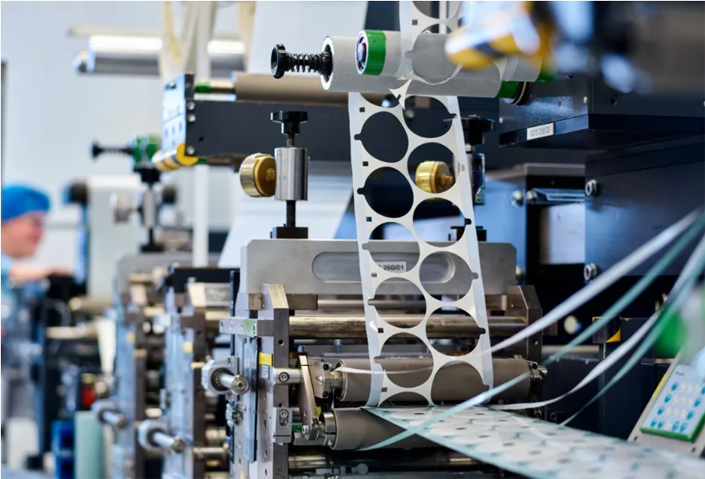
What are the specific ways in which self-adhesive labels can be processed?
Adhesive labels, as an important component of product packaging, have functions such as advertising promotion and product instructions. They are an important way to identify and distinguish products, and play an important role in reflecting product quality and causing consumer purchases. Different varieties of raw materials and labels with different uses also use different processing techniques
The general label printing machine is a multi-purpose machine equipment, and the manufacturer can formulate the printing production process according to the needs. The production process of adhesive label printing and processing is as follows:
1) Unwinding
Intermittent type: There is no tension change when unwinding the roll paper, so there is no need to adjust it. Used in flat and round flat label machines, the unwinding speed is relatively slow. Because these types of machines and equipment do not have precise positioning and calibration devices for printing paper, it is required that the inner holes of the roll paper be clean and tidy to ensure accurate printing during printing
B Rotary type: used in the wheel transformation circular pressing circular label machine. Because when the diameter rate of the roll paper changes, the tension of the paper changes, this equipment has a fully automatic or manual tension adjustment mechanism, as well as a roll paper correction device calibration equipment to ensure stable paper feeding and printing quality
2) Hot stamping
Flattening: Used in circular flattening and flattening label machines, with low speed
Round press: Used in round press label printing machines, it has a faster speed and can continuously heat gold letters. It is generally rarely used and is widely replaced by gold stamping processing technology
3) Printing
Flattening: Suitable for printing small areas and simple patterns, such as labels, barcodes, etc
Round flattening: Suitable for label printing with solid, general patterns, and can achieve simple colorful tone printing
Round pressing: Suitable for printing various pattern labels, especially for printing high-end colorful and tonal labels
UV printing: In the above three printing methods, combined with UV drying, thin film adhesive materials can be printed
4) Hot stamping first, then printing
On facilities without UV drying, the use of general ink has the drawback of limited printing design patterns
5) Print first, then hot stamping
Applied to facilities with UV drying devices, the ink is quickly dried and then hot pressed onto the ink. The hot stamping pattern can be freely designed without being limited by the ink, making it suitable for printing high-end labels and a modern production process
6) Polishing
On site polishing: Apply a layer of varnish on the surface of the ink to maintain the ink layer, waterproof, moisture-proof, and enhance the surface glossiness. It can replace the laminating process and use UV drying method
7) Coating
The purpose of laminating on paper or film raw materials is to maintain ink, moisture and water resistance, enhance the strength of labels, and improve the layering of patterns. Lamination can be divided into two types: backing paper lamination and non backing paper lamination, as the latter is low-cost and widely used at present. According to the standards of processing technology, there are two types: composite transparent film and matte film, with the former being more widely used
8) Punching
Not widely used, but mainly suitable for labels printed by electronic computers. The regulation is to drill precise positioning and pushing holes on both sides of the label, or for the label used on the pricing gun, it is stipulated to drill a hole in the center of the label for precise positioning and pushing
9) Die cutting
The die-cutting of adhesive labels is a semi cutting process, which only cuts through the surface raw material and preserves the base paper. Divided into two production and processing methods:
Like flat die cutting, suitable for various label printing machines, manual printing and plate making, low cost, short printing and plate making cycle time, but low viscosity, suitable for short form printing and production processing. At present, almost all label factories in China use the flat die cutting method
In addition, there is a circular die-cutting method, which is used on equipment with circular label pressing machines. It has faster speed, high die-cutting viscosity, and is suitable for long plate making. The disadvantage is that printing and plate making costs are high and take a long time. At present, the die-cutting rollers of Chinese manufacturers are generally produced and processed overseas
10) Paper delivery
It can be roughly divided into sheet cutting and folding paper delivery
We offer comprehensive technical support, including free professional labeling solutions, advice on label materials and adhesive selection, as well as online/offline assistance from professional software and hardware engineers. Service email: andy@ownlikes.cn. In pre-sales, we leverage our extensive experience in specialty labeling projects to provide clients with the most suitable hardware solutions. Additionally, all our label barcode printers and scanners come with a three-year free warranty, demonstrating our confidence in our products.


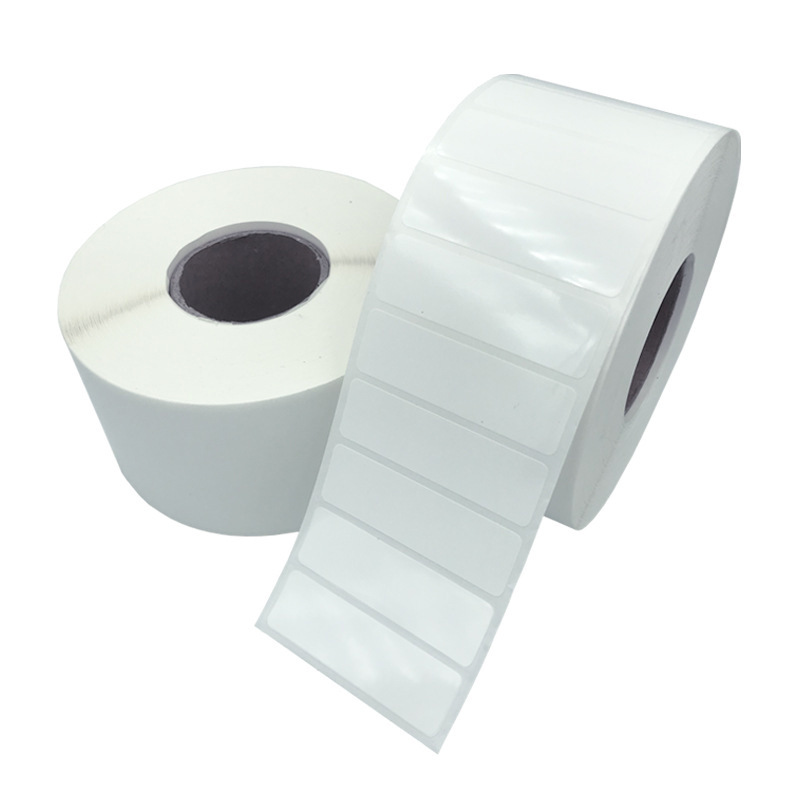
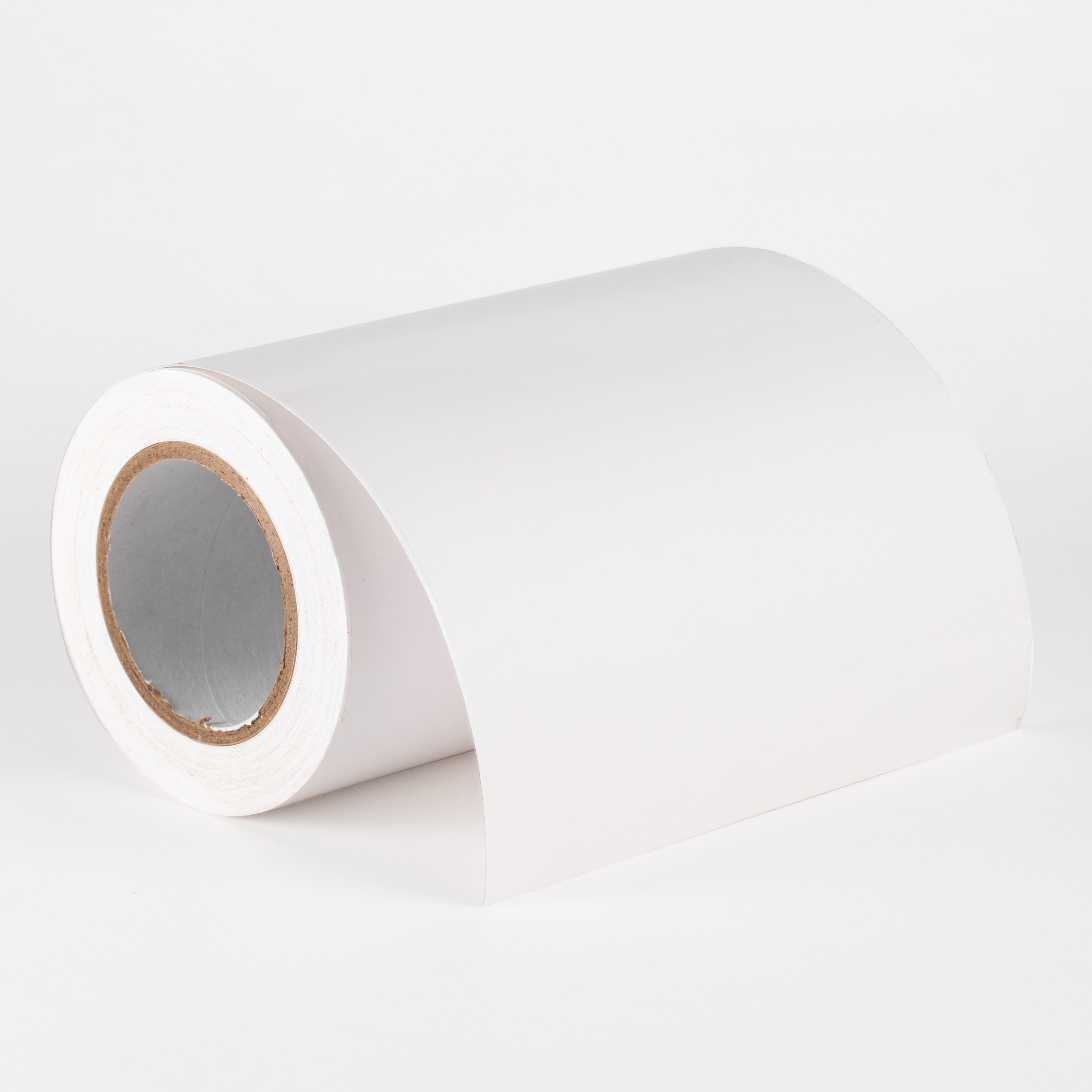
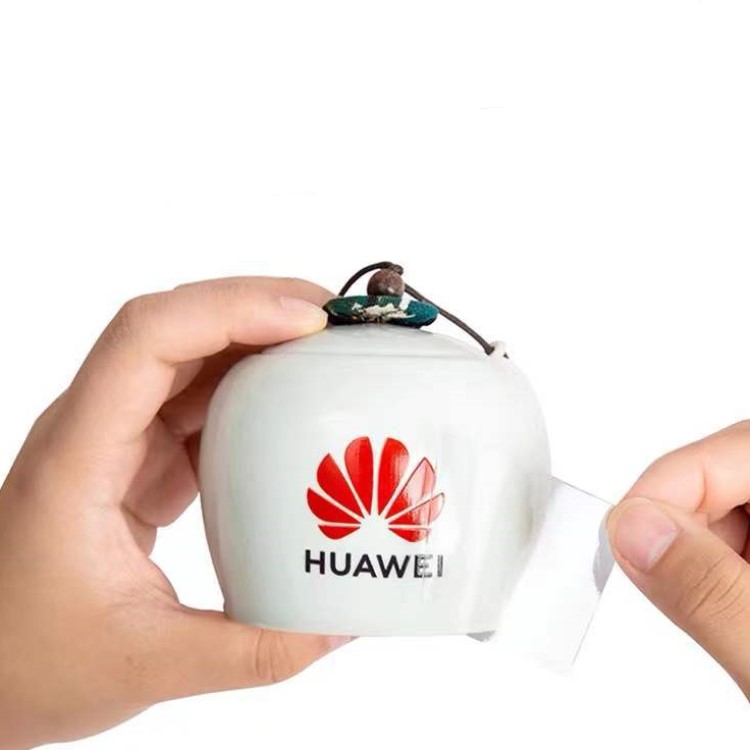
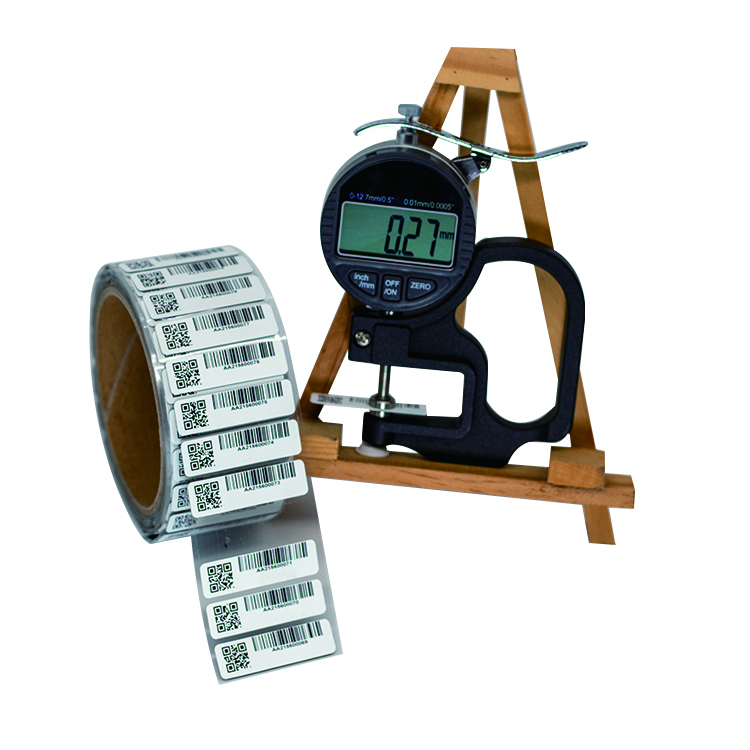
This site is protected by reCAPTCHA and the Google Privacy Policy and Terms of Service apply.